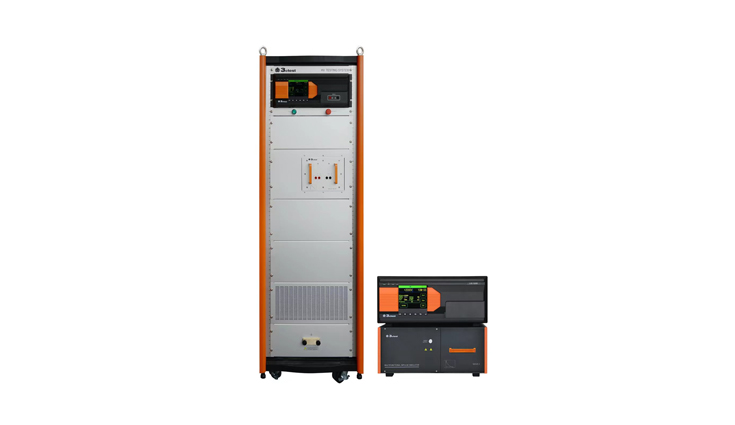Description
When an aircraft is flying in severe convection environment, it will be frequently affected by lightning stroke, which will generate transient induced voltage or current on circuits and cables of airborne equipment, such phenomenon is called indirect lightning effect. It may make the aircraft get out of control, even bring about fuselage fire and other serious accidents. For safety reasons, the airborne equipment must be designed properly and tested completely to ensure the system and equipment with critical safety function to perform normally and its flight security when the aircraft is influenced by lightning stroke.
The LSS 160SM6 and LIS 100B test systems are designed according to RTCA/DO-160 Section 22, The LSS 160SM6 is capable of generating waveforms 1,4 and 5A/5B, and LIS 100B is of waveforms 2, 3 and 6. Both test level are from 1 to 3 for pins injection test and cable bundle test; Additionally, the test system is not only meet the test requirement of lightning induced transients conducted susceptibility in MIL-STD-461G CS117.
The test system includes various test auxiliary equipment to make it convenient to conduct tests, such as coupling transformer, power blocking device, transient blocking device, pin injection probe, external DC capacitor etc. What’s more, the Corelab software is also available for remote control test, which makes your test easy and convenient.
Features:
- Modular design, the waveform module is detachable;
- Capable of generating 6 kinds of waveforms and performing pins injection test and cable bundle test;
- 5.7 inch color touch screen with easy and distinct operation control;
- Phase synchronization function in signal pins & power pins-direct injection method;
- Corelab software is available for remote control.
1、Calibration diagram:
![]()
2、Test diagram:
![]()


Reviews
There are no reviews yet.